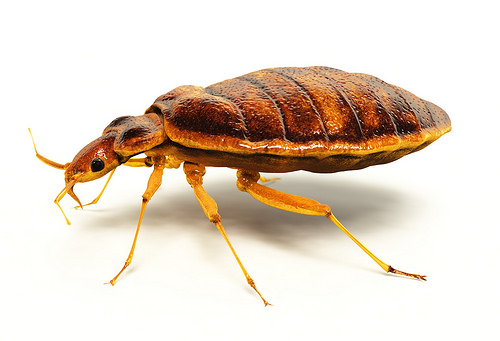What’s in a name (Pt. 1)
Our last post about cellar spiders drew attention to how common names can lead to some confusion; it was not immediately clear what animal we were discussing until we clarified with more specific names. Naming issues can be more common than you might expect, so this post will walk through where insect names come from and some of the rules involved in naming an insect.
Let’s discuss what sort of naming standards or rules we have to go by, starting with the strictest rules. Scientific names of all animals (including insects) are governed by the International Commission of Zoological Nomenclature (ICZN), a global organization that issues naming rules that ensure that every valid described species has one, and only one, scientific name that is used globally. Unfortunately, scientific names are often long and difficult to pronounce, and because they are usually based on Latin, they tend to be meaningless to the average person. To illustrate my point, if I start talking about Periplaneta fuliginosa (Serville), I am confident that most people reading this post will have no idea what I am talking about. If I call that same animal a smokybrown cockroach, there’s a very good chance you will have some idea what I am talking about. This is not a criticism of the ICZN or of scientific names; to someone who is comfortable with scientific names, “Periplaneta fuliginosa Serville (1838)” is much more informative than “smokybrown cockroach” because it tells us that the species is in the genus Periplaneta (along with the American cockroach, Periplaneta americana, and a few other pest cockroach species), it has a “sooty” color, and that the species was first scientifically described by Serville in 1838.
Common names tend to be easier for non-scientists to use, but unlike scientific names they have little to no regulation; anyone can start calling a bug whatever they want. If other people start using the name too, it sticks and becomes more or less valid. The Entomological Society of America (ESA) has put together a list of “official” common names for many species of insects. That list is limited (most insect species are not on it) and, because most non-entomologists have never heard of the ESA and there are no “name police,” people can still freely call an insect whatever they want.
Another issue with common names is that many insects have widely accepted common names that are misleading about the identity of the insect. To give an examle, let’s look at flies. The true flies belong to the order Diptera, and a defining characteristic of them is that the hindwings are reduced to little knobs called halteres. If an insect is not in the order Diptera, then it is not a fly. And yet there are butterflies, snakeflies, scorpionflies, mayflies, dragonflies, damselflies, sawflies… you get the idea. These non-Diptera insects do not have common names without “fly” at the end. There is a language convention that is a good start to clarifying these misnomers if it is consistently applied. As a general rule, if an animal’s name suggests that it is something that it is not, you write it out without spaces, lumping words together into big compound words. If the name does accurately describe the animal, you write it out as a descriptor followed by what it is, with a space in between. To offer some examples, “house fly,” “blow fly,” and “bee fly” are all true flies in the order Diptera, while “butterfly” and “dragonfly” belong to separate orders and are not true flies. For the true flies, there is the descriptor, a space, and then “fly”; for the non-flies, there is no space between the descriptor and “fly.”
A prevalent source of confusion is the term “bug.” To many people, a bug is any little animal with too many or too few legs, and can include worms, insects, spiders, ticks, etc. In the entomological sense, “bug” specifically refers to the order Hemiptera within the insects, which is a group of insects with incomplete metamorphosis, piercing/sucking mouthparts, and forewings that are either membranous along their entire length or shell-like on the base half and membranous on the tip half. “Hemiptera” means “half-wing,” in reference to that final point. Combining this detail about bugs with the above point about spaces in the names, bed bugs, stink bugs, and boxelder bugs are all bugs, while lightningbugs and ladybugs are beetles rather than bugs. It gets even more confusing when you compare waterbugs and water bugs, but that is a conversation for another post….






